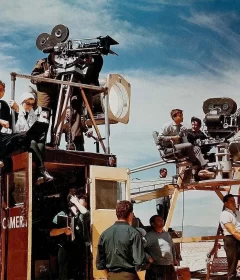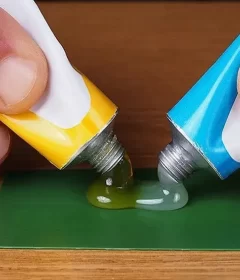Things To Look For When You Are Opting To Buy A Tent – Read Here!

Today, there are lots of tents on the market, even from americantent.com, but it might be hard to decide what to look for while purchasing a tent. First, you would want to determine the sort of camping you want to do, the environment you are most likely to experience, and the number of people you usually go camping with. Look for features that will help you to enjoy the many years to come to the tent’s usage. Know the schedule and determine how much you can expect to pay in advance. When you decide how much you should pay, it’s time to evaluate the camping tents features inside that price range. In a camping tent, the most essential things to search for include dimensions, style of poles, fabrics like rainfly and fabric, zippers, and stitching method.

- A shelter with poles made of aluminum. Tents that come with poles made of fiberglass, but they are delicate and more prone to fall. Most camping stores sell replacements or repair kits if you bend or break a pole.
- A tent that has a proper rainfly. The rainfly is the cover of your shelter: the more durable, the higher. Look for a fly that runs straight along the tent edges, rather than only over the rim. Rain flies are impervious to water. The walls of the tents are water repellant.
- A tent with edges closed, and double stitching. This tent leaks if you can remove the material on either side of a seam to see through the stitching. Make sure the fabric sealer is used on both seams.
- A tent with a single-piece floor tub. The base should get constructed of porous material, so it should rise on the sides a few inches until it is sown to the walls of the shelter. No seam on the floor indicates there’s no space for water to pour in.
- A tent with appropriate lines for men. Tent walls have loops sewn in the center, and occasionally rain flies. Such loops are used for connecting lines of guys who take off the walls to instruct them. Sleeping in a tent that is flapping in the breeze, is difficult.
- A tent with loops on a decent size pin. Loops will be in either corner at the base of your tent and in the middle of each leg. Such loops will be wide enough to fit the vast plastic stakes that are sold in camping stores. Loops of metal stakes are favored. When you hammer in the stakes, plastic ones could break.
- A tent that uses meshing by noseeum. That is the strongest substance that will help keep the gross little bugs away.
- A shelter with a ventilated wall. Opening this at night can help generate more air ventilation within your tent to reduce condensation.
- A tent holding high duty zippers. You’re going to be a lot in and out of your tent, so you want zippers that are going to keep you up to frequent use.
Additional advice for improving your tent’s existence
Never store food in or near your shelter, and never consume it in your tent. The fragrance of food alone can encourage you to rip it into your bed. If there is a picnic table at your campsite, eat there and store food inside your vehicle. If you have a tent with a screen room attached to it, it’s okay to eat there, but be sure to clean it up thoroughly afterward, or you’ll be bothered by ants, bugs, and other criteria alike. If you are camping in a pest-prone area, suggest purchasing a separate screen room to set up as your dining space.
Use this if your tent comes with fabric on the bottom. These footprint tarps are rendered slightly smaller than the tent foundation. The aim is to help protect the floor of the tent from rocks, stones, and rough patches. They also help in preventing groundwater from flooding into the shelter. You may use a standard tarp, but make careful to tuck the sides under the tent to keep rain from pouring down the tent walls onto the tarp and therefore accumulating under the shelter, on the way back from a hiking tour. Place your tent in the yard, and air it out. It assists in avoiding mold and mildew.



